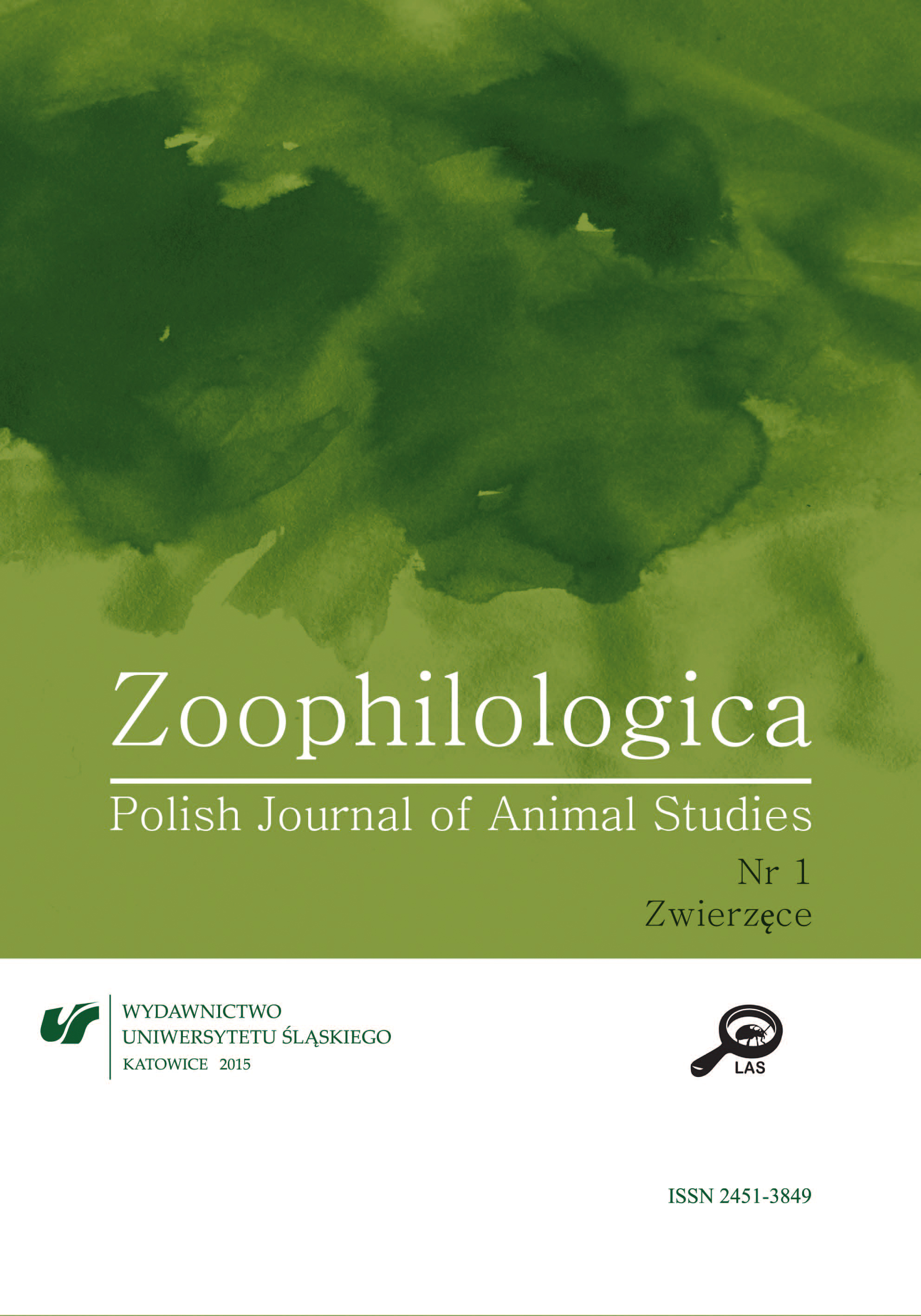Ludzkie i Nie-ludzkie. Antropologia Czesława Miłosza: człowiek wobec zwierząt
Human and Non-human: Czesław Miłosz’s Anthropology
Author(s): Małgorzata Roeske Subject(s): Anthropology, Philosophy, Social Sciences, Language and Literature Studies, Studies of Literature, Comparative Study of Literature, Polish Literature, Theory of Literature
Published by: Wydawnictwo Uniwersytetu Śląskiego
Keywords: anthropology; Miłosz; animal; nature; Agamben
Summary/Abstract: Considerations about the human condition and humankind’s place in nature are a vital part of the works of Czesław Miłosz. Miłosz’s cosmological vision is based on a deeply dualistic structure. On the one hand, we have got the human and civilisation – which is a synonym of purposefulness and divine order; on the other hand, there is the wild, cruel and untameable nature, whose activity is full of chaos and is meaningless from the metaphysical point of view. There is a sort of inconsistency in this seemingly ordered structure of reality, which seems to constitute the principle of Miłosz’s anthropology. The human in his essence is a “paradoxical being”; it is difficult to classify him in an unambiguous way. He is considered as the only creature that is composed of God’s elements – immortal soul, consciousness, and intellect. These properties detach him from nature and bring him closer to God in the hierarchy. Still, he is a biological creature and that disgraceful fact is difficult to accept for Miłosz; therefore, an attempt to draw a clear line between man and nature is reflected so clearly in Miłosz’s works. The purpose of the article is to analyse a few works of Czesław Miłosz with regard to the issues mentioned above. Undeniably, the ideas presented by Miłosz are deeply rooted in Western philosophy.
Journal: ZOOPHILOLOGICA. Polish Journal of Animal Studies
- Issue Year: 2015
- Issue No: 1
- Page Range: 195-205
- Page Count: 11
- Language: Polish

